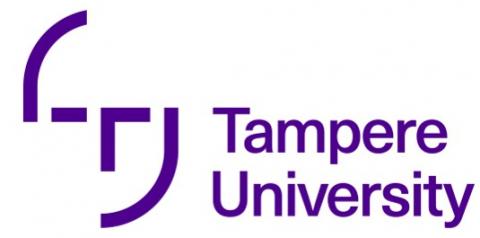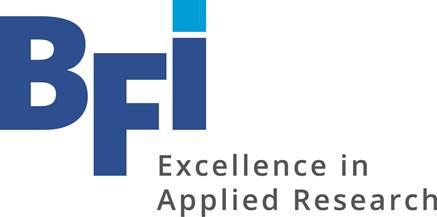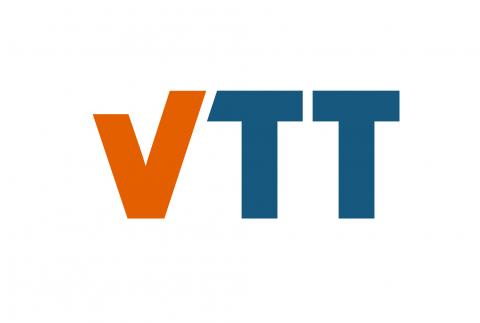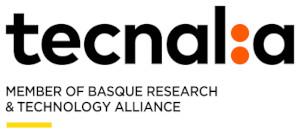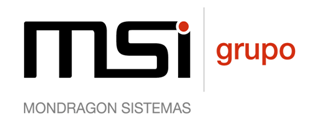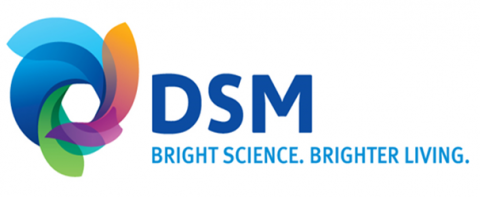Human Factors Requirements as Product of a Social Innovation Process
By Michael Kohlgrueber and Antonius Schröder from Technische Universität Dortmund (http://www.sfs.tu-dortmund.de/cms/en/sfs_workingareas/index.html)
Based on a new innovation paradigm, an innovation process combining technological and social innovation is being concretised and implemented in the COCOP project (s. Kohlgrüber/Schröder/Bayón/Arteaga 2018, forthcoming). By co-creation of future users of the COCOP solution, human factors requirements (also called “social requirements”) have been generated enabling their integration within a development process of new digital technologies right from the beginning.
As work-in-progress, first research activities revealed the starting point (“baseline”) for the intended optimisation system from a human factors perspective. It includes substantial process characteristics, key personnel and their tasks, organisational chart of production, current cross-process communication/ cooperation, and previous attempts of plant-wide optimisation as well. Furthermore, social KPIs were defined in the same standardized way as technological KPIs (using ISO 22400) understandable for different disciplines: social scientists, software developers, modellers, automation engineers, and R&D departments of companies.
As a central result of surveys in a pilot case of the project, it could be stated that there is a good ground for introducing the COCOP system:
-
Potential users of the COCOP system are ready to take plant-wide or cross-process consequences of their decisions into consideration. The users are very interested in such a system because access to relevant information or procedures of data analysis is currently lacking.
-
Several potential users have gained already positive experiences with optimisation systems and they are open minded for further developments, knowing already the relevance of upstream processes for the owned process and interested in getting feedback how their decisions/actions affect the final product.
-
The features of an optimisation system seem to suit to the motivating factors of the job of installation managers in the steel case (coping with challenges, finding new solutions, optimising processes).
There are a few conditions, such as avoiding job losses and additional workload, reliability of the system, user-friendly design etc., that should be fulfilled to improve the system and its acceptance. Beside the system itself, there are some requirements mentioned by interviewed future users that are related to the personnel, organisational and technological framework. Most respondents (users and experts) are expecting new skills that have to be required for using a plant-wide optimisation system. They are not always quite sure how to get acquainted with these new skills, but often they are not satisfied with existing trainings. In the steel pilot case, respondents stated that current optimisation is already supported by organisational measures, such as management decisions, incentives and targets, etc. Nevertheless, they require additional measures, such as improving cooperation and communication between the different production areas. This seems to be an important precondition to make full use of a plant-wide optimisation system. Furthermore, respondents called some technological framework conditions to introduce an optimisation system successfully. It should be compatible to the existing systems (such as the management executive system currently used at the steel case). Users find existing systems at least helpful or even fundamental for their work, not wanting to change it. They would prefer some improvements of the existing system (such as an additional window for advices within the system).
To be really assured, that these requirements will affect the development process of the COCOP system, a translation process has to take place, because the social and technological disciplines seem to be using “different languages”. Starting from a sample of preliminary requirements that were described by surveyed (future) users and stakeholders as questions, general statements etc., they were transformed in clear and measurable requirements that can be used for the development process. After defining requirements in this way, they got the following shape:
Table 1 Clarification of human factors requirements

Next step is to define an action plan. Human factors related activities have been being bundled into interventions that include interviews, questionnaires and workshops in the pilot cases of the project. This step is about finding synergies between interventions, prioritize interventions and defining expected benefits of each intervention for the implementing company.
Based on the experiences with this process, a guideline will be developed how to define and implement human factors requirements into an integrated technological and social innovation process. This will maintain (or improve) user acceptance, use ideas of users/stakeholders how to improve the (sociotechnical) system and will take impact on societal, economic and environmental objectives into account – right from the beginning of a project.

Follow the discussion in the COCOP Debate Group of Linkedin





